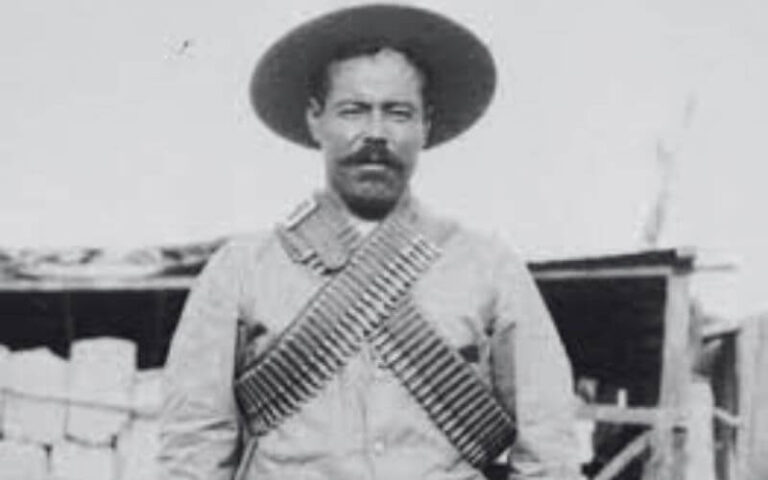Octavio Villa Coss is a figure wrapped in historical connections that continue to fascinate. Notably associated with the legendary Pancho Villa, understanding his life provides insight into a tumultuous period in Mexico’s history. Who was Octavio Villa Coss? How significant were his familial links to shaping his legacy? This article explores these questions, offering a comprehensive look into his life and legacy. Reading about his journey helps us appreciate the nuances of history a rich tapestry woven through family connections, military service, and contentious historical debates.
Early Life and Birth
Born on 16 May 1914 in Rancho de Santiago, Chihuahua, Mexico, Octavio Villa Coss entered the world amid ambiguity. His parentage remains a subject of debate, which adds an air of mystery to his story. Multiple sources assert him as an alleged son of the celebrated Pancho Villa and Guadalupe Cos Dominguez.
Yet, records vary, sometimes listing his father as Epifanio Cos Ordóñez. This ambiguity strikes curiosity exactly what shaped Octavio’s early life? Can we confidently connect his path to the Villa lineage? These questions fuel the ongoing interest in his early years and underpin the ambiguous start of his journey.
Family Connections
Family ties play a central role in understanding Octavio Villa Coss. His relationship with his mother, Guadalupe Cos Dominguez, and documented half-siblings through Pancho Villa offer a glimpse into his familial universe. Conflicting records and varying accounts surrounding his father add complexity.
However, connections made through his mother provide a solid foundation linking him to distinguished relatives of the Villa legacy. This helps historians and genealogy enthusiasts piece together Octavio’s place in history. Was he a figure defined by actual relations, or is his story inflated through historical ties? His place within the Pancho Villa orbit remains a focal point of exploration and discussion.
Military Career
Octavio held the military rank of lieutenant colonel, highlighting a career marked by service and achievements in Mexico’s armed forces. His service helped shape his recognition as a historical figure, though predominantly overshadowed by the Villa legacy. What propelled Octavio into a military career? What accomplishments defined his time in service? Such questions illuminate the significance of his rank and contributions.
Despite a life less documented in exploits, Octavio’s military standing continues to affirm his role within the framework of remembered historical figures. Understanding his military journey reveals the path through which he made his mark and how it fed into his legacy.
Death and Burial
On 15 April 1960, Octavio Villa Coss passed away in Matamoros, Tamaulipas, Mexico. His death marked the end of an era tied to notable historical connections. Where is he buried? The answer the Panteón Español in Mexico City presents not just a resting place but a site of significance, tying him to his past and aligning him with the celebrated figures of Mexican history.
Why does his final resting place matter? Reflecting upon his death and burial prompts conversation regarding how closely his life aligns with his famous family heritage, consolidating his historical significance even in death.
Legacy and Historical Debate
The legacy of Octavio Villa Coss hinges largely on the ongoing discussions surrounding his parentage. Today, most records align his heritage closely with Pancho Villa, aiding in cementing his historical significance through genealogy. But there remains debate at least one genealogical account names Epifanio Cos Ordóñez as his father. How does this ambiguity affect his legacy?
This debate fuels curiosity, echoing through historical exploration efforts. It also highlights a broader context of how family ties persistently affect the perception of individuals in history. Thus, his legacy is an amalgamation of military service, familial association, and the continuing historical discussions that surround him.
Conclusion
Octavio Villa Coss remains a figure worthy of examination for those intrigued by history and genealogy. His life, though shrouded in ambiguity, is an example of how familial ties and military service contribute to historical narratives. While the exact details may elude us, exploring his story helps us appreciate the multifaceted nature of history, the importance of genealogy, and how individuals are remembered through family names.
Whether through direct achievements or renowned associations, studying Octavio offers us insights and encourages continued exploration into the past. For those wanting to delve deeper into his life and legacy, further resources are available at interbusinessnews.com, which provides additional historical context and genealogical records.


